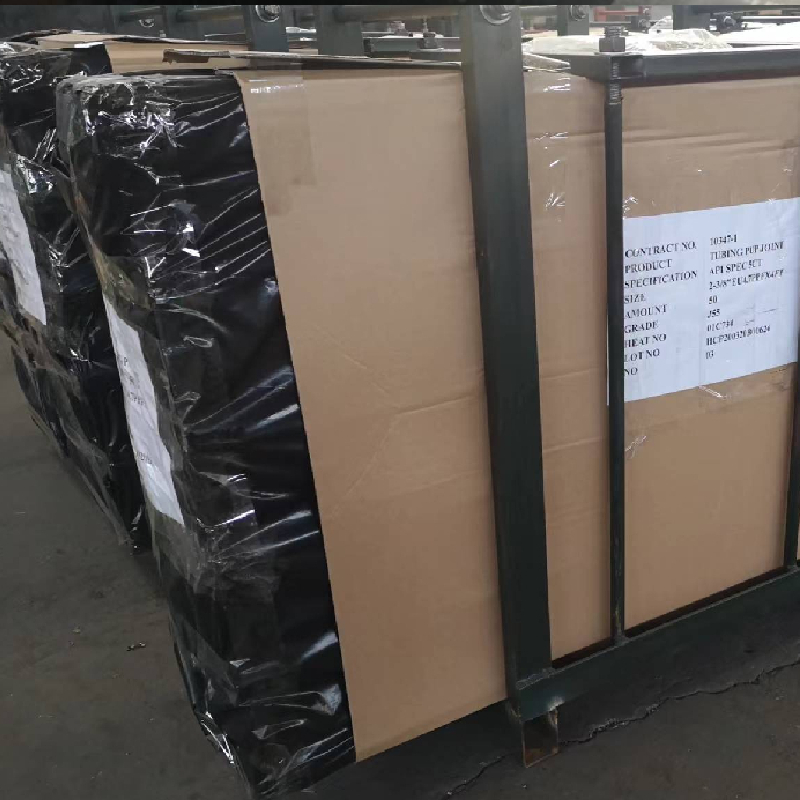- Afrikaans
- Albanian
- Amharic
- Arabic
- Armenian
- Azerbaijani
- Basque
- Belarusian
- Bengali
- Bosnian
- Bulgarian
- Catalan
- Cebuano
- Corsican
- Croatian
- Czech
- Danish
- Dutch
- English
- Esperanto
- Estonian
- Finnish
- French
- Frisian
- Galician
- Georgian
- German
- Greek
- Gujarati
- Haitian Creole
- hausa
- hawaiian
- Hebrew
- Hindi
- Miao
- Hungarian
- Icelandic
- igbo
- Indonesian
- irish
- Italian
- Japanese
- Javanese
- Kannada
- kazakh
- Khmer
- Rwandese
- Korean
- Kurdish
- Kyrgyz
- Lao
- Latin
- Latvian
- Lithuanian
- Luxembourgish
- Macedonian
- Malgashi
- Malay
- Malayalam
- Maltese
- Maori
- Marathi
- Mongolian
- Myanmar
- Nepali
- Norwegian
- Norwegian
- Occitan
- Pashto
- Persian
- Polish
- Portuguese
- Punjabi
- Romanian
- Russian
- Samoan
- Scottish Gaelic
- Serbian
- Sesotho
- Shona
- Sindhi
- Sinhala
- Slovak
- Slovenian
- Somali
- Spanish
- Sundanese
- Swahili
- Swedish
- Tagalog
- Tajik
- Tamil
- Tatar
- Telugu
- Thai
- Turkish
- Turkmen
- Ukrainian
- Urdu
- Uighur
- Uzbek
- Vietnamese
- Welsh
- Bantu
- Yiddish
- Yoruba
- Zulu
Understanding the Key Distinctions Between Casing and Tubing in Oil and Gas Operations
Understanding the Difference Between Casing and Tubing in Oil and Gas Wells
In the field of oil and gas drilling, two terms that often come up are casing and tubing. While both serve critical functions in the completion and operation of wells, they are distinct elements with different purposes and characteristics. Understanding these differences can shed light on the complexities of oil and gas extraction processes.
Casing The Structural Backbone of Wells
Casing refers to the series of pipes that are installed in a drilled well to provide structural integrity and isolate the wellbore from surrounding geological formations. When drilling commences, a borehole is created through various strata of rock and soil. After drilling reaches the desired depth, casing is inserted into the well to reinforce its walls and prevent collapses.
Casing is typically made of steel and comes in different grades and sizes, depending on factors such as the well's depth, the type of formation being drilled, and the pressures and temperatures expected in the well. The installation of casing involves a cementing process, where a cement mixture is injected between the casing and the wellbore to seal any gaps and anchor the casing in place. This cementing not only stabilizes the well but also prevents the migration of fluids between different geological layers, protecting the groundwater supply and minimizing environmental risks.
There are various types of casing, including surface casing, intermediate casing, and production casing, each serving specific purposes within the drilling process. For example, surface casing is used to support the upper structure of the well and protect the freshwater aquifer, while production casing is designed to facilitate the flow of hydrocarbons.
what is the difference between casing and tubing?

Tubing The Conduit for Production
Tubing, on the other hand, refers to the smaller diameter pipes that are installed within the production casing after the well has been completed. Its primary function is to transport the oil or gas from the reservoir to the surface. Unlike casing, which serves as a structural element, tubing is designed specifically for production and efficient flow.
Tubing is also made from steel, but it is usually thinner and more lightweight than casing. The design of tubing is optimized for fluid flow, often incorporating features such as smooth internal surfaces to reduce friction and enhance the efficiency of fluid transport. Tubing is set in place after the cementing process is completed, and it provides the necessary pathway for hydrocarbons to move from the reservoir to the surface facilities where they are processed and stored.
In addition to facilitating the flow of hydrocarbons, tubing systems can be equipped with various tools and technologies to enhance production, including pumps, downhole sensors, and flow control devices. This versatility makes tubing an essential component in maximizing oil and gas recovery.
Conclusion Key Distinctions
In summary, the main difference between casing and tubing lies in their roles within the well structure. Casing acts as the structural framework that stabilizes the wellbore and isolates geological formations, while tubing serves as the conduit for transporting oil and gas to the surface. Both are critical to the successful operation of oil and gas wells, yet they fulfill different functions within the well completion and production processes. Understanding these differences is essential for anyone involved in the drilling and production of hydrocarbons, as they directly impact the efficiency, safety, and environmental considerations of oil and gas operations.
-
Tubing Pup Joints: Essential Components for Oil and Gas OperationsNewsJul.10,2025
-
Pup Joints: Essential Components for Reliable Drilling OperationsNewsJul.10,2025
-
Pipe Couplings: Connecting Your World EfficientlyNewsJul.10,2025
-
Mastering Oilfield Operations with Quality Tubing and CasingNewsJul.10,2025
-
High-Quality Casing Couplings for Every NeedNewsJul.10,2025
-
Boost Your Drilling Efficiency with Premium Crossover Tools & Seating NipplesNewsJul.10,2025







